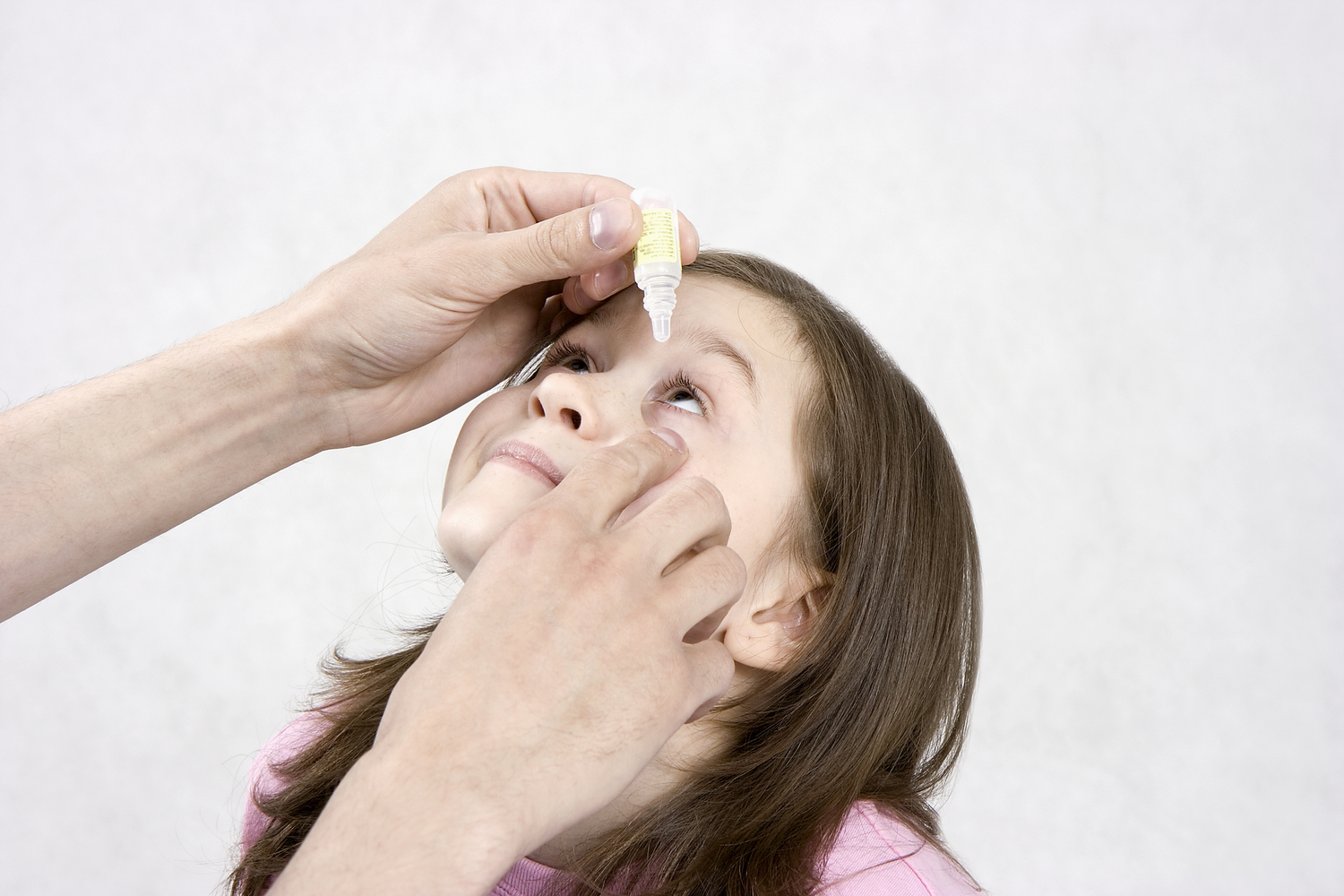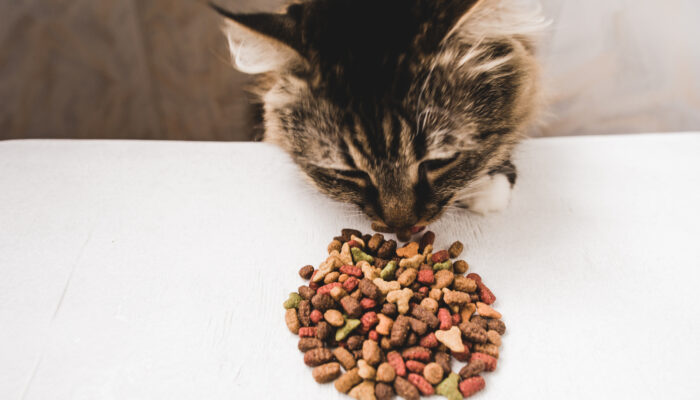
Common eye infections in children
Listed here are three common eye infections that affect children.
Conjunctivitis
Also called pink eye, it is one of the most common eye infections in children. Bacteria, virus, or allergic reactions to certain things cause conjunctivitis. Also, the discharge from an infected person transmitted through touch, cough or sneeze, through shared objects like towels, and contaminated water (while swimming) can cause conjunctivitis.
- Bacterial infection results in inflamed or puffy eyelids, pinkish or reddishness in one or both eyes, irritation in the eyes, yellowish-green discharge from the eyes which is most noticed early in the morning after waking up and that tends to crust up.
- Viral infection causes constant tearing up, urge to rub the eyes, pinkishness in the eyes, swelling, and sensitivity to bright light. This could affect only one eye sometimes.
- However, conjunctivitis caused by allergy makes the eyes red, itchy and watery, the nosy runny, and could cause frequent sneezing, but there is no discharge.
Bacterial and viral conjunctivitis is contagious, while allergic conjunctivitis is not.
- Antibiotics in the form of eye drops, ointments, or oral medicines can combat bacterial infections.
- For eye infection caused by viruses, there is no medication. A simple warm water compress will help keep the eye clean. Strict isolation from other people is essential to not spread the infection. Symptoms usually fade after a week.
- For symptoms caused by an allergy due to chlorine water, pet dander, or dust, avoiding the allergen is the ideal thing to do. Also, over-the-counter antihistamines help relieve symptoms. These can be taken as oral medicines or as eye drops.
Stye
Stye is also called hordeolum. Clogged eyelids due to the presence of dead skin, excessive oil production in the sebaceous glands or dirt that enables the growth of bacteria. Rubbing the eyes with unclean cloth or hands can cause this. Additionally, dermatitis, rosacea, and diabetes may also cause a stye.
- Bumpy eyelids with a pimple-like projection that forms under the eyelids.
- Intermittent yellow fluid discharge.
- Painful, especially when caused by a bacterial infection.
- Redness in the edge of the eyes.
- A stye could disappear on its own within a week.
- Frequent application of a warm compress many times a day, for at least five minutes each time.
- When it is cellulitis, antibiotic eye ointment or drops, or oral antibiotics might work to prevent it from spreading.
- Avoid rubbing the eyes, or putting on any kind of eye makeup.
Keratitis
Infection in the cornea of the eye is called keratitis. Bacteria, viruses, fungi, parasites, trauma or injury caused by a sharp object that might have poked the eye, and sometimes a weakened immune system connected to other comorbid illnesses can cause this. Dirty handling of contact lenses could also cause this corneal infection in children.
- Excessive tearing
- Discomfort or pain
- Swelling
- Redness
- Sensitivity to light
- Irritation in the eyes
- Abnormal discharge
- Blurred vision
- Depending on whether it is a bacterial or fungal infection, wither antibacterial or antifungal eye drops or medication can be used to treat the infection. Viral infections, however, could recur even after the administration of antiviral medication.
- Avoid swimming with contact lens.
These are the main types of eye infections that can occur in children.



